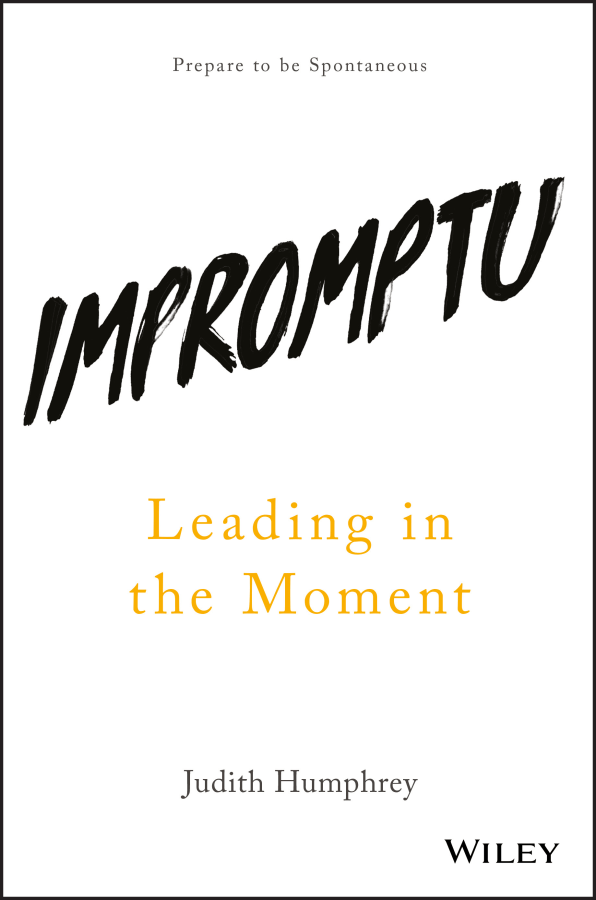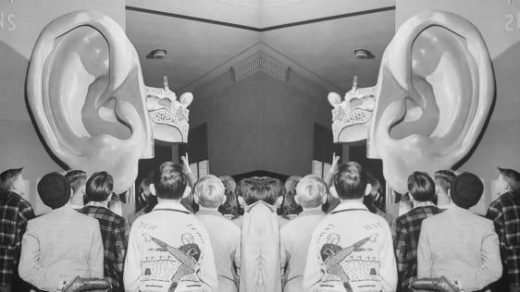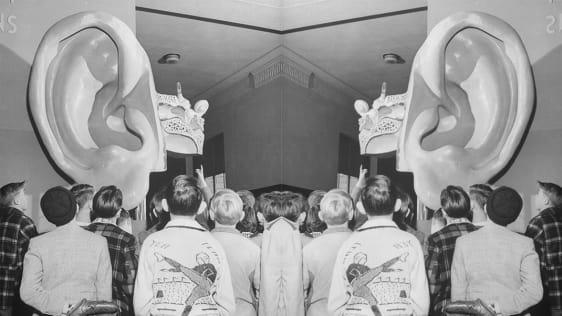These Emotionally Intelligent Habits Can Make You A Better Listener
Listening is a skill–but you already know that. There’s plenty of advice on how to become a better listener and why it’s so important. But while you can pick up a few tactics to improve the way you listen, another route is simply to tap into that other skill set you can’t stop hearing about: emotional intelligence. Here are a few straightforward ways to use your feelings to listen better.
1. Reinforce What Others Feel, Not Just What They Say
The starting point for emotional listening is reinforcement–nodding your head, or saying “yes” and “I understand”–but it doesn’t stop there. Show that you empathize by using phrases like, “I can see why you feel that way” or, “That must have been a di?cult decision for you.” This encourages others to open up and share their feelings, not just their thoughts and ideas.
2. Read Nonverbal Cues
You’re in a meeting with your boss when he takes a quick call from another executive. And then you notice his tone sharpen. He sounds slightly defensive, and after hanging up seems a little restless and distracted. You might feel like it’s more polite to overlook those cues, but you shouldn’t. Ask, “Should we adjourn and meet another time?” Even if he says, “No, let’s continue,” you’ve shown that you’ve listened emotionally. Your boss might even share something of the conversation with you.
Emotional listening requires studying someone’s expressions, tone of voice, and body language to draw conclusions about how they’re feeling. We all do that involuntarily already, but the key is to use that nonverbal data consciously and know how to respond to it.
I remember a meeting at my company where we seemed to have reached a conclusion on a contentious issue, but one participant had his arms crossed and his chin tilted downward. Another team member took note and spoke up: “I don’t think you’re comfortable with this decision. We need to know that you are comfortable.” That acknowledgment was all it took to reopen the conversation, and it ultimately led to a better resolution that everyone felt good about.
Some people may not want to stall decisions, but even when they don’t raise objections their nonverbal signals give away their feelings. Emotionally intelligent listeners “hear” those unspoken signs loud and clear.
3. Probe For More Details
Of course, verbal cues matter, too, and if you listen emotionally, you’ll be able to interpret them quite easily. If someone says, “I’m happy with that raise,” you can assume she is. “I support that decision,” means most likely means you have an ally.
But sometimes words need to be deconstructed. For example, when someone says, “Whatever!” they might really mean, “I know you don’t care how I feel.” “With all due respect” usually means “Watch out, I’m going to show no regard for your position.” Even something innocuous like “I’ll go with the ?ow” might really mean, “I actually hate this decision, but I’m not going to fight it.”
You might not know for certain when someone hasn’t said what they’re really feeling, but anytime you’re uncertain, it’s best to probe for more information. Here are great questions to help you gather more insight without accusing anybody of misrepresenting themselves:
- “How are you feeling about this situation?”
- “Would you have preferred a di?erent outcome?”
- “I sense you have a concern about this decision.”
- “Can you tell me more?”
- “Are you happy with this project?”
- “Are there any issues I’m not aware of?”
You’ll notice these are all extremely brief and straightforward. All you’re trying to do is clear some room for someone to elaborate on what’s going through their head.
4. Acknowledge Your Own Feelings Without Succumbing To Them
Yes, easier said than done. It’s so easy to react emotionally if you don’t like what you hear. But the key isn’t to ignore your own feelings, it’s to respond rather than react to them–and there’s a difference. If you feel yourself getting annoyed, acknowledge that to yourself, and then immediately move on toward trying to understand what motivates the other person. This can help redirect your own emotional energy more productively.

A former client of mine told me about when one of his employees quit. The team member had been underperforming, and eventually walked into my client’s office and said, “I’m resigning.” “I didn’t want to react with anger,” my client reflected. “I didn’t want to tell him I’d invested so much time in him–though I had–and I didn’t want to get mad at him and say, ‘I can’t believe you’re quitting.’” Instead, he acknowledge his frustration and disappointment, but then right away asked his employee why he was quitting.
The executive told me, “I responded to each reason [he gave]–culture, workload, and so forth. Then I said I could understand how he felt, but I would have liked a di?erent outcome. Nevertheless, I respected his courage and con?dence. It was a win-win: I didn’t make him feel badly, and I got feedback from him that was constructive and will allow me to make things better in my organization.”
This discussion could’ve turned into a battle of wills. Rather than letting emotions take over–or trying to shut them out entirely–my client worked to understand where those feelings were coming from. Emotional conversations present listeners with two options:
- Meet the person speaking at their level.
- Find common ground based on whatever might be causing those emotions.
With the latter approach, you’ll have a more constructive conversation every time. Whenever things get heated, it’s always best to pause and acknowledge that: “There are a lot of emotion in this room, but we shouldn’t let it overpower our intellect and good judgment. Let’s get to the bottom of why we’re all responding this way.”
There are many ways to listen. Why not do it with feeling?
This article is adapted with permission of the publisher, John Wiley & Sons, Inc., from the forthcoming Impromptu: Leading in the Moment by Judith Humphrey. Copyright© 2018 by John Wiley & Sons, Inc. All rights reserved. This book is currently available for preorder and will be available at all bookstores and online booksellers on December 11.
Fast Company , Read Full Story
(61)














